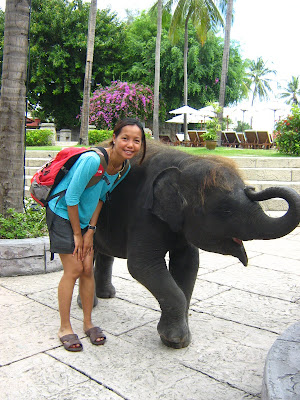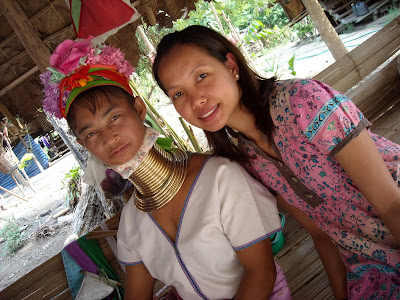 Laguna Beach Resort is situated in Phuket, Thailand and is nestled between a tropical lagoon and the Andaman Sea.
Laguna Beach Resort is situated in Phuket, Thailand and is nestled between a tropical lagoon and the Andaman Sea. 
The resort features various facilities including; Angsana Spa, meeting and conference rooms, wedding chapel, tennis courts, fitness centre, and a water park.  The hotel accommodation features a choice of views of the private lagoon and of the wide-open sea including sunrise and sunset.
The hotel accommodation features a choice of views of the private lagoon and of the wide-open sea including sunrise and sunset.
 The hotel accommodation features a choice of views of the private lagoon and of the wide-open sea including sunrise and sunset.
The hotel accommodation features a choice of views of the private lagoon and of the wide-open sea including sunrise and sunset.



























 The Kayan are a subgroup of the Red Karen (Karenni) people, a Tibeto-Burman ethnic minority of Burma (Myanmar). The Kayan consists of the following groups: Kayan Lahwi (also called Padaung), Kayan Ka Khaung (Gekho), Kayan Lahta, Kayan Ka Ngan. Kayan Gebar, Kayan Kakhi and, sometimes, Kayaw.
The Kayan are a subgroup of the Red Karen (Karenni) people, a Tibeto-Burman ethnic minority of Burma (Myanmar). The Kayan consists of the following groups: Kayan Lahwi (also called Padaung), Kayan Ka Khaung (Gekho), Kayan Lahta, Kayan Ka Ngan. Kayan Gebar, Kayan Kakhi and, sometimes, Kayaw.

































































